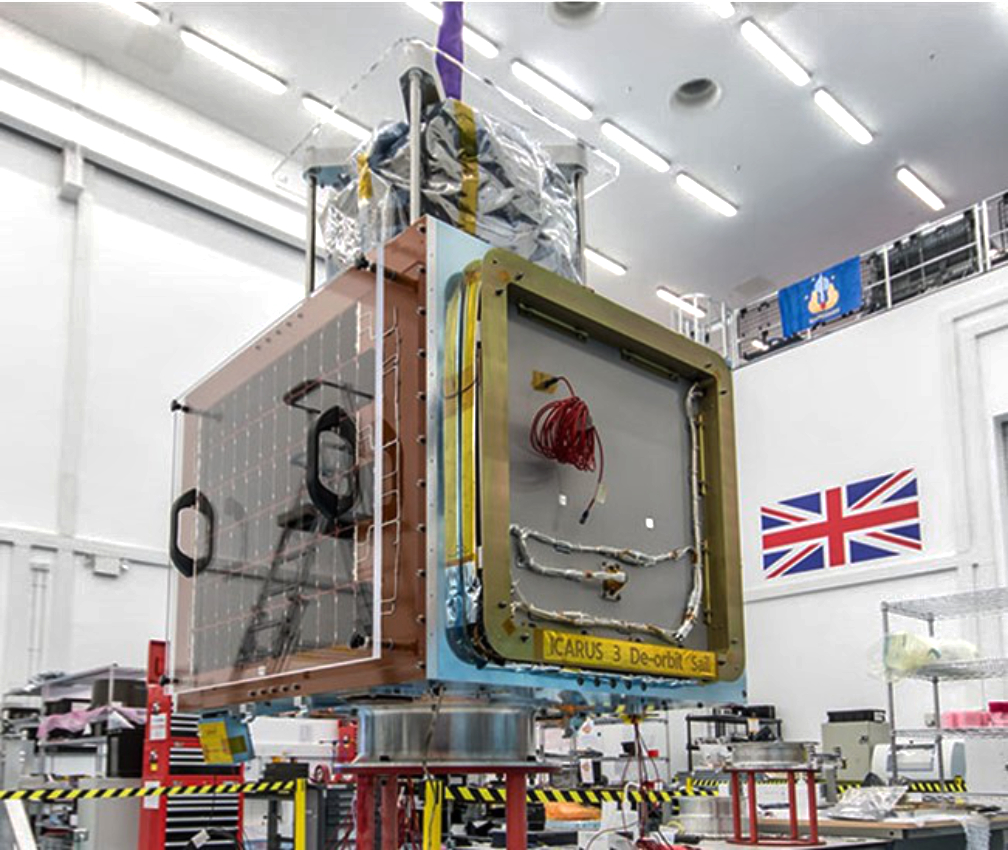
Optical Surfaces Ltd. is reporting how the company’s high precision reference flat mirrors are enabling testing and precise alignment of Earth Observation (EO) satellite telescopes.
Today, satellite images play a major role in gathering information about the Earth’s ecosphere. This data, obtained by satellite-based, optical telescopes provides valuable information about geological features, urban development, weather phenomena, and increasingly reliable prediction of crop yields, which are being impacted by the effects of climate change.

To obtain accurate information, with high spatial resolution, it is vital that these EO satellite telescopes undergo a rigorous process of testing and alignment before they are launched into space. Reference flat mirrors are a proven method of measuring the surface accuracy or the transmitted wavefront of optics. However, there are very few suppliers who can produce large flat mirrors with the ultra-high precision specifications required to verify the wavefront performance of an EO telescope during its assembly and be used as an alignment aid.
Dr. Aris Kouris, Sales Director at Optical Surfaces Ltd., said, “We have been producing large optical components and systems for more than 50 years and are widely accepted as one of Europe’s leading manufacturers of high-precision optics for satellite deployment and astronomical research. Our skilled staff have many years’ experiences of producing the large diameter (up to 600mm) flat mirrors with surface accuracies of lambda / 15 at 633nm are often required to test Earth observation satellite telescope systems”. He added “Our ISO 9001-2015 approved manufacturing workshops and test facilities are deep underground in a series of tunnels excavated in solid chalk where temperature remains constant and vibration is practically non-existent, this gives us a natural advantage when producing and testing high precision reference flat mirrors.”
For further information on high precision reference flat mirrors for performance verification and alignment of satellite telescopes please visit this direct infolink…

